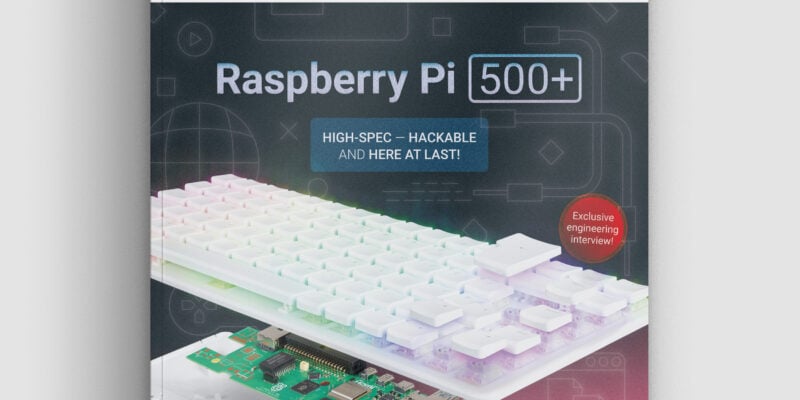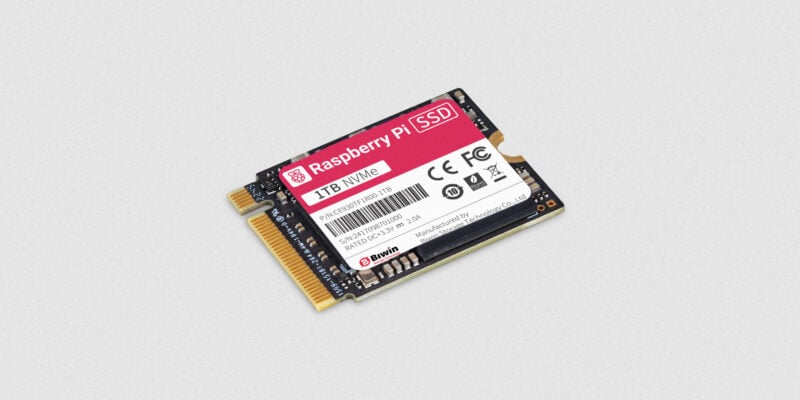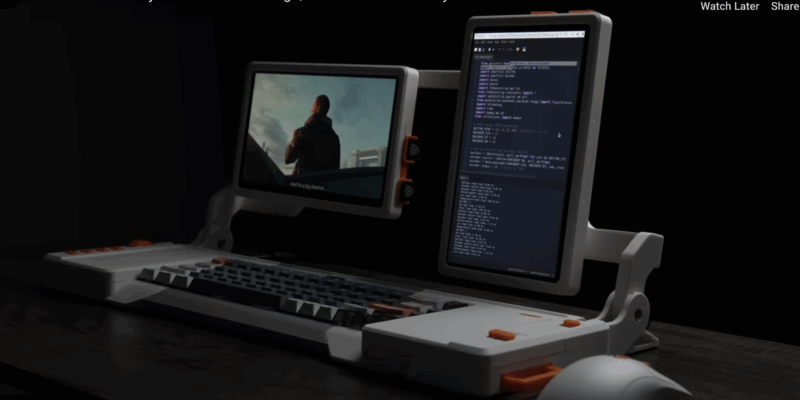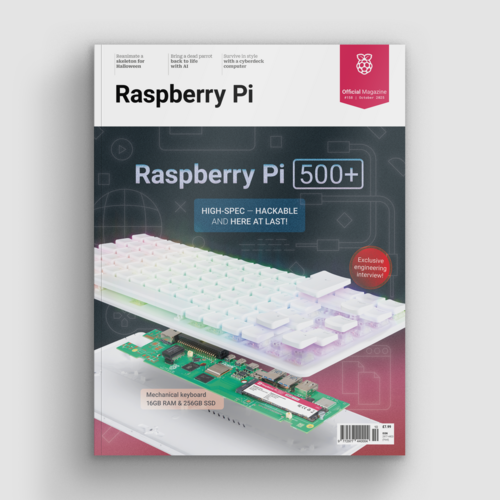NESPi
By Russell Barnes. Posted

We have a new king of retro consoles, thanks to NESPi. It doesn’t just look like a NES: it runs mini cartridges
Advertisement
The desktop computer you've been waiting for: Raspberry Pi 500+
"I grew up with the NES and have really strong memories of playing it with my brothers,” says Mike Gibson, the creator of NESPi, one of the most realistic retro console recreations we’ve seen.
The full article can be found in The MagPi 49 and was written by Lucy Hattersley
NESPi started out as an attempt to 3D-print a replica NES case. “It’s 40 percent the size of a real NES,” Mike tells us. “It wasn’t until I was a little way into researching cases that it turned into more than a replica project.”
After buying a 3D printer on impulse and downloading and printing a few trinkets, he decided to make something a bit more substantial.
“I’d seen people build Raspberry Pis into original full-size NES cases, but I always thought that it was a shame there was so much wasted space. Part of Raspberry Pi’s appeal comes from its small size; that’s why I wanted mine to be as small as possible.

Mike took measurements from the real thing and tried to replicate it as best he could.
“The colour of the plastic I used also has a big role in making it look real. I researched a lot of filament suppliers before I found one that matched the shades correctly.” Mike used the Monotone Mix Pack from Faberdashery.
The NESPi goes way above and beyond most console reproductions by featuring mini cartridges to load games. These are inserted into the NESPi, which detects them using an NFC chip. “The NFC reader I used is based on the PN532 chipset,” says Mike.
“The game is stored on the SD card in the Raspberry Pi, which is because of the very small capacity of NFC. I used quite large tags, and they had just 888 bytes available to the user.”
The NFC tags themselves only contain file name information; when the Raspberry Pi reads it, it looks up which game to run.
“The cartridges are 3D printed,” says Mike. “I designed them in the same way as the case.” He also printed little labels and covered them with sticky tape to get the right glossy look.
“The great thing about 3D printing is once your printer is set up and tuned properly, you can get very consistent results. I learned a lot about designing for 3D printing from this project.”

Mike tells us the carts load very well. For extra authenticity, when the project was mostly complete, he added a cute little controller. After mocking up a 40 percent scale NES controller, he printed an empty shell, and the Arduino Pro Micro board fit inside perfectly. He notes that while the tiny controller is fully functional, it’s only really for display purposes: in practice he uses a Wii U Pro controller or Xbox joypad.
Mike is delighted with the finished project. “It looks very cool; inserting a cartridge and clicking it down instantly makes me nostalgic for my childhood. I have a lot of fun playing with it.”
Reactions to the NESPi have also been very positive. “People love seeing it. Everyone likes the little cartridges; even those who were too young or don’t remember the NES think it’s really cute. Those that do remember go crazy when I show them how the cartridges work. Suddenly they’re ten years old again: it’s so funny.”

Russell runs Raspberry Pi Press, which includes The MagPi, Hello World, HackSpace magazine, and book projects. He’s a massive sci-fi bore.
Subscribe to Raspberry Pi Official Magazine
Save up to 37% off the cover price and get a FREE Raspberry Pi Pico 2 W with a subscription to Raspberry Pi Official Magazine.
More articles

Raspberry Pi 500+ in Raspberry Pi Official Magazine issue 158
We’re quite taken with Raspberry Pi 500+. But when you don’t need all that processing power, and just want a board that will make a plastic skeleton jump around in a terrifying manner, you’ll find Raspberry Pi Pico more than up to the job. There’s more terror in the magazine (which is only right as […]
Read more →

Win one of five Raspberry Pi SSD 1TB
Raspberry Pi prides itself on high quality hardware, and this 1TB Raspberry Pi SSD is no different. You can use it with a standard Raspberry Pi or even in your desktop PC – the choice is yours. We have five to give away and you can enter below Win 1 of 5 Raspberry Pi SSD […]
Read more →

Dual-screen cyberdeck
Twin screens mean you can code on one screen while watching David Bowie’s 1978 Musikladen show on the other.
Read more →
Sign up to the newsletter
Get every issue delivered directly to your inbox and keep up to date with the latest news, offers, events, and more.
